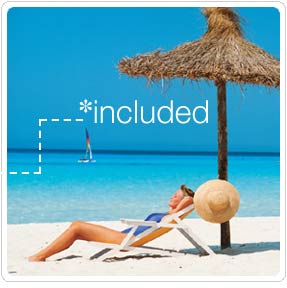The Myth of Club Fed
Reading Time: 3 minutes.

For those who refer in cavalier fashion to white-collar convicts and “Club Fed,” consider this New York Times article on Raj Gupta’s federal prison experience: Onetime Allies on Wall Street Have Uneasy Prison Reunion After Insider Trading Trials. In particular:
In their heyday, Raj Rajaratnam and Rajat K. Gupta were business partners who lent each other a helping hand.
The two men were very different. Mr. Rajaratnam was a high-rolling hedge fund manager who loved to take risks, while Mr. Gupta was a consultant educated at Harvard Business School who worked all his life at one firm, McKinsey & Company.
Years after their closely watched insider trading trials and two of the biggest victories for prosecutors in the government’s crackdown on insider trading on Wall Street, the men find themselves under the same roof: In a new development, both are now at the main prison at the Federal Medical Center Devens in Ayer, Mass., northwest of Boston, with 1,000 other inmates.

In theory, “federal medical centers” (or “FMCs”) are at the more civilized end of the Bureau of Prisons structure. The BOP website for FMC Devens refers to it as “an administrative security federal medical center with an adjacent minimum security satellite camp.” Sounds nice enough. Like a tough post office, perhaps.
The reality is different:
Though Mr. Gupta earned inmates’ respect, prison conditions can seem harsh to those accustomed to civilian life. White-collar convicts are typically treated better than murderers, but the main prison in Devens houses inmates of all security levels; until recently, it was home to Dzhokhar Tsarnaev, the Boston Marathon bomber.
When Mr. Gupta arrived in June 2014, he was assigned to Devens’s minimum security camp, which houses 135 inmates. But in April, Mr. Gupta was sent for six weeks to the Special Housing Unit, or SHU (pronounced “shoe,” as fans of the Netflix series “Orange Is the New Black” know), as punishment. His infraction was having an unauthorized item: an extra pillow.
Inmates often grab the pillows of departing prisoners. Mr. Gupta hoped an extra pillow would help with a bad back.
* * * *
It was the second time that Mr. Gupta was sent to “the hole,” as the SHU is sometimes called. Last summer, Mr. Gupta was dispatched to the unit for sitting during the inmate count.
“He was actually tying his shoe,” Mr. Morgan said.
Inmates in the unit are kept in near solitary conditions. They are allowed out of their cells only for one hour of exercise a day, said Michael Santos, a former federal prisoner who is now a consultant. A light is on 24 hours a day for observation.
When inmates are moved for a visit, they must wear orange jumpsuits and are restrained in an elaborate procedure. “There is a cutout door within the cell door,” Mr. Santos said, through which inmates are also fed. “The inmate is told to back step to the door, squat down, and then he will be told to put his arms behind his back, and through that slot, the guard will put handcuffs on him,” he said.
The guard opens the door only when the inmate has been cuffed.
At a disciplinary hearing in May, Mr. Gupta’s privileges such as visiting rights were revoked, people briefed on the situation said. When Mr. Gupta’s elder sister traveled from India to see him, he offered to serve more time if she could visit, these people said. His requests were denied. She returned to India without seeing her brother.

Securities fraud is unlawful and merits punishment, but we should bear in mind that no Bureau of Prisons facility is a resort.
Not only is prison no respite for the convicted, the entire criminal-justice process is life-destroying for the white-collar defendant from the git-go, even if the person or company is not charged or, if charged, ultimately acquitted. Here are a few thoughts in one minute and 52 seconds: